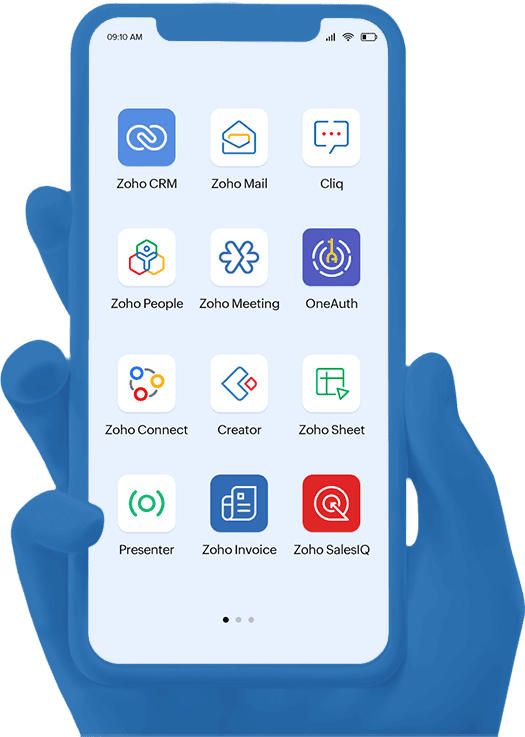Read Time 9 minutes
Content Brief
- The purpose of this content is to provide comprehensive and up-to-date information about voice search technology.
- The objective of this content is to educate the audience about the basics of voice search technology and how it works.
The future is here, embrace the power of your voice.
Voice search is a new way to search the Internet, and it’s a lot more powerful than you might think. Voice search has become a key component of the digital experience. It’s not just about hearing a question and getting an answer. Voice search is about understanding what you want, and then giving you the best possible answer.
Voice search isn’t just about finding answers. It’s also about finding the right answers for your needs. And that’s where voice search gets really interesting — because it helps you get those answers in ways that are tailored to your needs.
Voice search is a key feature of Google, and it’s going to be even more important in the coming years.
The technology has been around for some time now, but it’s only recently that we’ve seen a big push from Google to make it more prominent on their platform.
The idea is simple: by using your voice, you can search for information without having to type anything into the search bar. It’s similar to how Siri works on Apple devices or Cortana does on Windows 10, but it’s even more powerful because it can be used anywhere.
This means that if you’re driving or working out at the gym, you don’t need to stop what you’re doing just because there’s something else you want to do (like answer emails). With voice search enabled on your phone or other device, all you have to do is ask “what time do I need to leave?” and boom — instant results appear!
How Does Voice Search Work?
Voice search works by understanding the language you’re speaking, converting your spoken words into text that’s then sent to Google’s servers for processing and matching it against a database of words. It then returns results based on what it thinks you’re saying.
Here’s an example: If you say “hotel,” Google will return results for hotels in your area. If you say “hotel,” but add “Rio de Janeiro” after it, Google might also return results for hotels in Rio de Janeiro.
The technology behind voice search is called “machine learning.” Machine learning involves training computers with large amounts of data so that they can recognize patterns and make decisions autonomously without human intervention.
Brief History Of Google Voice Search
Google Voice Search is an instant-search feature that allows users to search Google for any question or request. It is a voice-activated search engine that allows users to search through the internet using their voice commands instead of typing out words or phrases on their keyboards and get results from Google’s vast database of information. It also lets you find and search for things like contacts, calendar events, and more.
The idea behind Google Voice Search is simple: you can ask your phone what time it is, or where a restaurant is located, and your phone will provide the answer. It’s a hands-free way for users to get information without having to use their hands or eyes.
Google Voice Search was first launched as an application in 2010 as a feature in Google’s mobile operating system, Android but it wasn’t until 2012 that Google expanded it to include phone numbers in its database.
The company already had an extensive database of information about users’ interests and behaviors, so it made sense for them to use this data in order to provide better search results. The search engine giant was looking to expand its reach beyond the desktop and into the mobile world and continues to be one of the most popular features on Google’s website.
In 2014, Google launched the Google Voice Search app on Android devices with the intention of making it easier to use. The app lets users dictate their requests instead of typing them out on a keyboard or using the touch screen to select options.
In 2015, Google added support for voice commands in Gmail and Google Calendar so users could ask questions without having to open their email client or calendar program. This feature was later expanded in 2016 with support for more third-party apps like Twitter and Facebook Messenger. The iOS app followed in 2016, while the desktop version arrived in 2017.
In 2018, Google announced plans to launch a new version of its voice search feature called Google Duplex that uses AI technology to mimic human speech patterns when making appointments or placing orders at restaurants or stores.
What is The Technology Behind Google Voice Search?
The technology behind Google Voice Search is called Natural Language Processing (NLP). NLP is a field of computer science that deals with how computers can understand human language, including how people speak, write and use grammar.
In order to understand what you’re saying, Google’s artificial intelligence system has to be able to parse out what you’re asking for and then match that information against its database of search results.
The technology behind Google Voice Search is fairly simple, but it’s also very powerful.
The first thing you need to know is that Google doesn’t actually store your voice data on its servers. Instead, it uses a technique called “deep learning” to analyze the sounds in each recording and identify what you’re saying.
The second thing you need to know is that this process isn’t always perfect. The more data that Google has about your voice, the better it gets at recognizing it — but there are limits on how much information it can process before things start going wrong.
Once Google has enough information about your voice, it uses machine learning algorithms to classify each word or phrase as either “positive” or “negative,” depending on how likely it thinks it is that you said those words out loud when recording them (or if they were likely misheard by another person).
Let your voice be your guide in the digital landscape.






